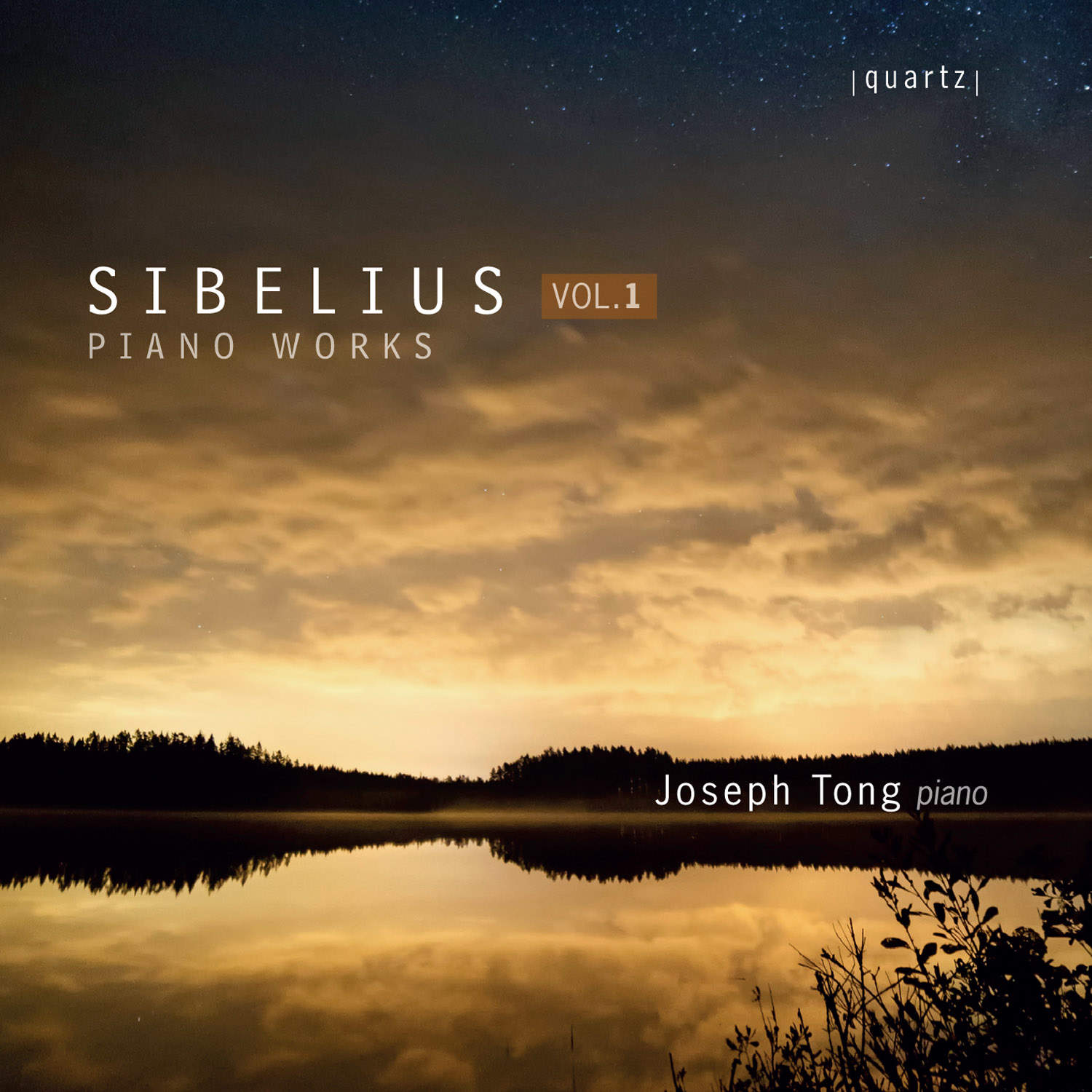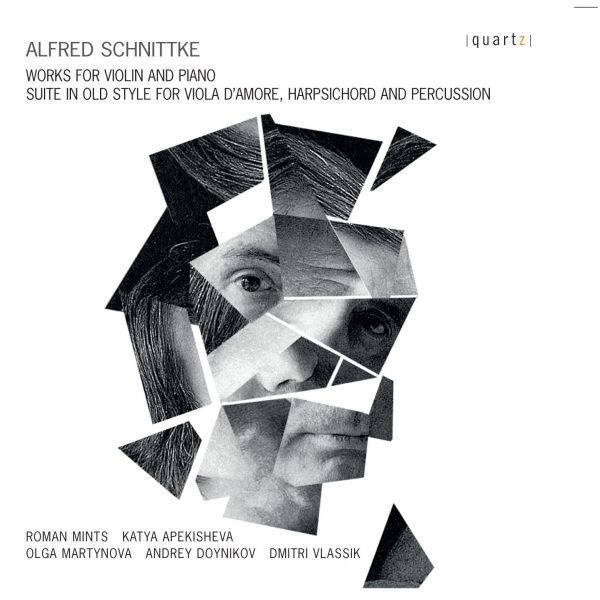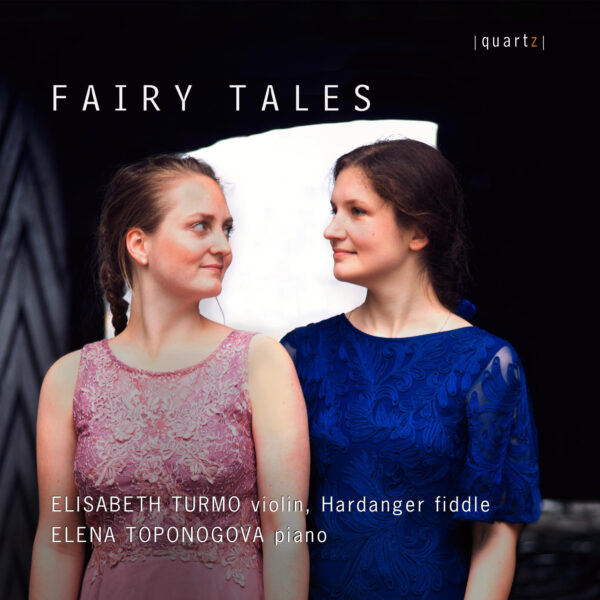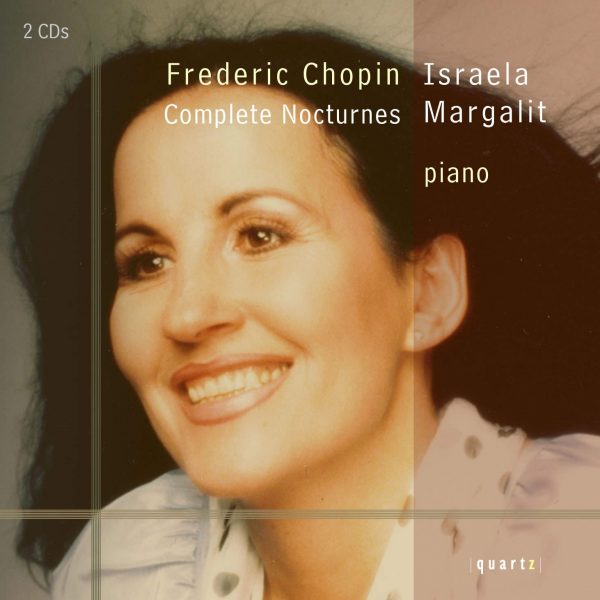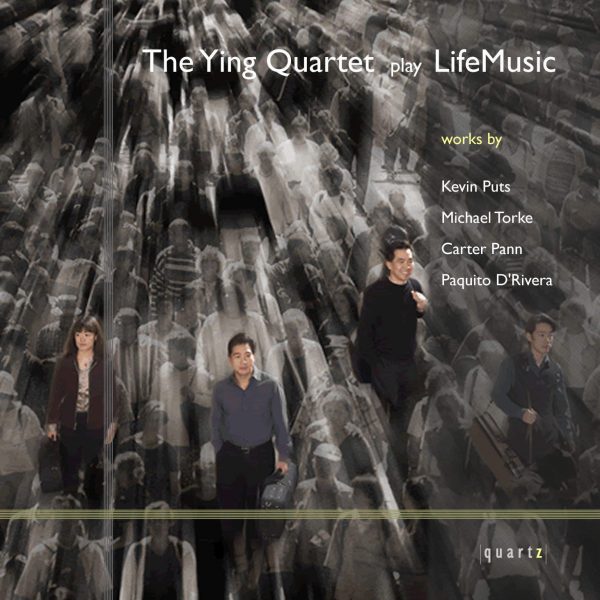Sibelius Piano Works Vol. 1
£5.99 – £11.99
Jean Sibelius Piano Works, Volume 1
Kyllikki, Op.41
Five Pieces “The Trees”, Op. 75
Five Pieces “The Flowers”, Op. 85
Five Romantic Pieces, Op. 101
Five Esquisses, Op. 114
Two Rondinos, Op. 68
Finlandia, Op. 26
About This Recording
It was only relatively recently, over the past three years, that I came to discover the beauty and striking originality of Sibelius’s piano music. The initial impetus behind my newly awakened interest in this repertoire came from a magical recording I heard by the Japanese pianist Izumi Tateno, performing Sibelius on the composer’s piano at Ainola. My curiosity was instantly aroused and I quickly set about acquiring the scores. This in itself was less straightforward than I had imagined, the Esquisses Op. 114 being sent from Helsinki and the Op. 75 and Op. 85 sets sourced from Japan and the USA. After performing the set of ‘Trees’ in concerts I soon began adding other works to programmes including the ever-popular Finlandia and before long the idea of making a recording had started to take shape. This voyage of musical discovery has been one of the most exciting and endlessly rewarding that I’ve experienced, including a trip to Finland last summer where I had the rare opportunity to play the composer’s Steinway at Ainola and travelled by train to visit Sibelius’s birthplace (now a museum) in Hämeenlinna.
Although his main instrument was the violin, Sibelius was also a highly gifted pianist and according to contemporaries, his improvised fantasies held private audiences spellbound. The composer once carelessly remarked to his pupil Bengt von Törne, in 1937, “I write piano pieces in my spare moments … as a matter of fact the piano does not interest me because it cannot sing.” However, according to his secretary Santeri Levas (1960), “Sibelius himself had a completely different view of his piano pieces. He appreciated them to the full and considered the opinion of the musical world unfair…’I know that they have a secure future, I know it despite the fact that they have completely fallen into oblivion.’ ”
With the possible exception of the early Sonata in F major, Kyllikki Op. 41 (1904) is probably Sibelius’s most significant large-scale piano work of more than one movement. There is no complete certainty of its connection with the Kalevala, but it can nonetheless be seen as a triptych portraying Kyllikki and her three successive states of mind. The memorable Largamente introduction leads directly into a highly-charged allegro theme, which can be linked with Lemminkäinen’s abduction of Kyllikki. An expressive, yearning melody provides some brief respite at which point the piece breaks off into surging contrary motion octave progressions. Immediately following the climax, the main theme is restated with even greater force before a vigorous coda provides a defiant conclusion.
The central andantino depicts a melancholic mood and its wistful opening theme eventually opens out into a twisting passage of chromatic chords, which becomes more radiant in character before falling once more into a brooding, introspective state. Following on from these two highly expressive movements, the finale provides a sense of relaxation and light relief. Its lively, polka-type rhythm is perhaps a playful musical depiction of Kyllikki going dancing without permission; the unashamedly romantic and nocturnally suggestive tranquillo episode maintains some of the capriciousness and verve of the outer sections whilst at the same time recalling the more serious character of the previous movement. The understated ending to the third movement is doubtless tongue-in-cheek!
The Trees (1914) are one of Sibelius’s most popular sets of short pieces and a fine example of his highly cultivated piano style. Impressionist and expressionist influences are detectable in these exquisite nature-inspired miniatures, resulting in an intensity of musical expression. The fragility of the gradually unfolding right-hand melody suggests the long-awaited flowering of the Mountain Ash, while the absolute steadfastness of the Solitary Fir Tree was at the time interpreted as a symbol of Finland standing firm against Russian influence. In the dramatic middle section there is a brutal, pounding reminder of the earlier repeated-note motif, battling against opposing forces this time and further reminding us of the Fir’s resilience. In the next piece, the Aspen, there is a growing harmonic ambiguity and an increasingly inward-looking expression. Of particular note are the tremolo passages, perhaps depicting branches quivering in the icy breeze, and the mournful ‘cello’ theme with its sparse accompanying chords. The Birch is the most energetic piece of the set, the favourite tree of the Finns which ‘stands so white’. After a joyous opening melody set in the mixolydian mode, a misterioso section follows without a break, the harmonies hovering inconclusively before the piece ends on an ‘open’ chord with D Flat in the bass. The rich tenor register is the natural home for The Spruce’s slow waltz theme, answered by an equally poignant melody in the soprano before the sudden arpeggiations in the Risoluto section recall the inner determination and strength of ‘The Solitary Fir Tree.’
Composed in 1916-17, the Flower Suite is distinctive and an indispensable companion set to the Trees. Bellis (daisy or daisies) is music-box-like in style, using the white keys of the piano and tiny, pinpointed staccatos to depict perhaps a cluster of daisies sparkling in the spring breeze. ‘Oeillet’ (carnation) is more overtly romantic, a beautiful waltz with a brief minor variation and whimsical, decorative passages in the upper melody. Iris has a more improvisatory feel (complete with pianissimo runs and delicate trills) as well as a somewhat serious character while No 4, Snapdragon, has a rhythmically taut opening theme and later reveals some Schumannesque accompaniments and harmonic sequences. Campanula (The Bellflower) rings out quizzically in octaves, later conveying a melancholic, ruminative mood through expansive arpeggiations and expressive appoggiaturas before ending poignantly with distant, repeating bells in the top register.
The Five Romantic Pieces Op. 101 (1923-1924) reveal a richer handling of the piano and Sibelius’s growing preference for orchestral sonorities, with occasional similarities to the 6th Symphony. The first piece, Romance, certainly lives up to its title and is written in a tender, heartfelt vein whereas Chant du Soir is more succinct and rather less lavish in texture and harmonies, though no less touching in its overall effect. A serenely unfolding andante introduction to Scène Lyrique gives not a hint of what is to come; a rapid, polka-like vivace which rattles along in a violinistic fashion. Burlesque is full of swagger and comical touches such as teasing harmonic twists and hilarious ‘crushed-note’ chords, closing with a light-hearted, scampering coda. Calm is restored in the dignified and beautifully crafted Scène Romantique, where Sibelius shows his mastery of the miniature forms and paces the imagined reconciliation to perfection.
Sibelius’s Esquisses (1929) are the last that he composed for solo piano. Remarkably, these were not published until 1972 and are still not very widely known. Written towards the end of the composer’s last active creative period, they explore modal tonality and other compositional devices such as tonal meditation (for example in Forest Lake) while reflecting an increasingly personal response to nature and achieving a depth of expression (not dissimilar from Brahms’s late piano pieces) coupled with a bold, radical approach to harmony. Landscape is pensive in mood, showing an element of counterpoint and featuring ninth chords prominently. Winter Scene is tonally and emotionally ambiguous, using various different scale modes, whilst its chord spacings highlight Sibelius’s ear for piano sonority.
For me, the most striking of the set are Forest Lake and Song in the Forest. Beyond the immediate pictorial associations there lurks a darker, more disturbing undercurrent and blurred edges are perhaps what the composer had in mind when considering the important role of the sustaining pedal in both pieces. Finally, Spring Vision has a deceptively straightforward opening but its restless animoso theme suggests that a feeling of springlike optimism may be no more than fleeting.The earlier Rondinos (1912) are also distinctive and notable in a stylistic sense. The G sharp minor Andantino is full of questioning pauses, sighing motifs and extremely delicate, pianissimo winding melodies. Its companion piece is remarkable for its sharp dissonances and waspish humour, together with nimble right hand tremolo effects (in tenths) resembling string-crossing on the violin.
The most successful and frequently performed of Sibelius’s orchestral arrangements is his celebrated transcription of Finlandia Op. 26 (1899-1900). There are one or two slight alterations to the original orchestral score, for example the opening bars of the Allegro section preceding the entry of the celebrated fortissimo theme. In addition to virtuoso semiquaver flourishes, double octave cascades and swirling arpeggiations, Sibelius also uses the different registers of the piano to great effect in recreating something of the warmth of the string sound in the hushed, cantabile ‘hymn-theme’ and its subsequent development. There is also something irresistibly spine-tingling about launching into Finlandia’s powerful opening chords, complete with menacing tremolos, on a full-sized concert grand and the translation of all aspects of the tone poem to the sound world of the piano seems to work extremely well.
Track Listing
-
Jean Sibelius
- Kyllikki (i) Largamente - Allegro
- Kyllikki (ii) Andantino
- Kyllikki (iii) Commodo
- Five Pieces - The Trees (i) When the Mountain Ash Flowers
- Five Pieces - The Trees (ii) The Solitary Fir Tree
- Five Pieces - The Trees (iii) The Aspen
- Five Pieces - The Trees (iv) The Birch
- Five Pieces - The Trees (v) The Spruce
- Five Pieces - The Flowers (i) Bellis
- Five Pieces - The Flowers (ii) Oeillet
- Five Pieces - The Flowers (iii) Iris
- Five Pieces - The Flowers (iv) Aquileja
- Five Pieces - The Flowers (v) Campanula
- Five Romantic Pieces (i) Romance
- Five Romantic Pieces (ii) Chant du Soir
- Five Romantic Pieces (iii) Scene Lyrique
- Five Romantic Pieces (iv) Humoresque
- Five Romantic Pieces (v) Scene Romantique
- Five Esquisses (i) Landscape
- Five Esquisses (ii) Winter Scene
- Five Esquisses (iii) Forest Lake
- Five Esquisses (iv) Song in the Forest
- Five Esquisses (v) Spring Vision
- Two Rondinos (i) No 1 in G sharp minor - Andantino
- Two Rondinos (ii) No 2 in C Sharp minor - Vivace
- Finlandia
